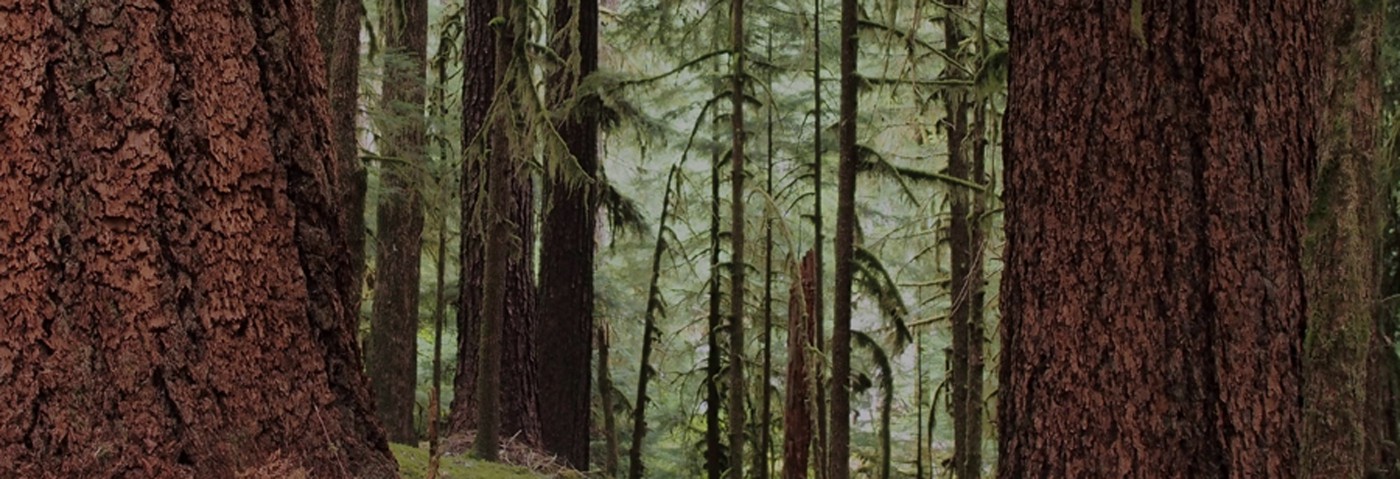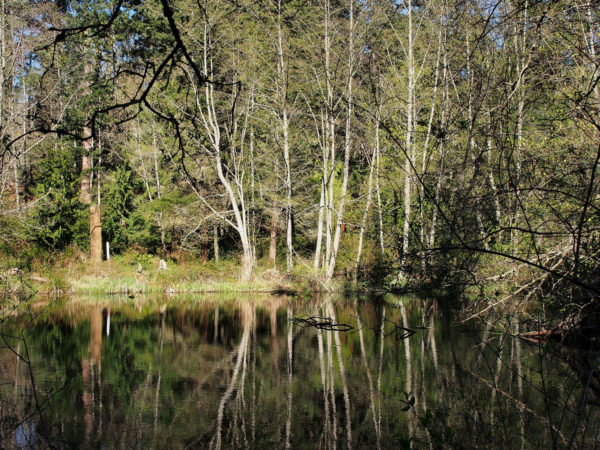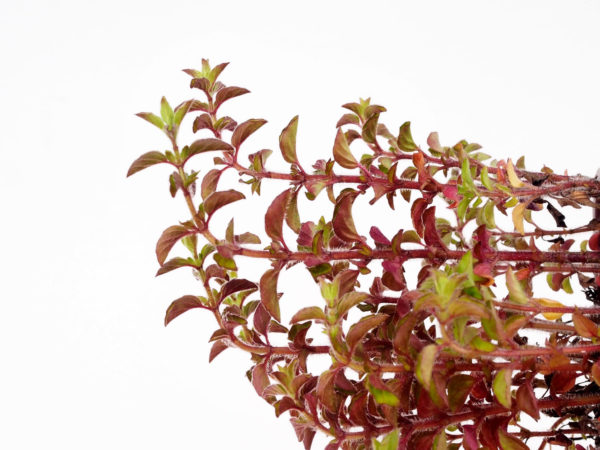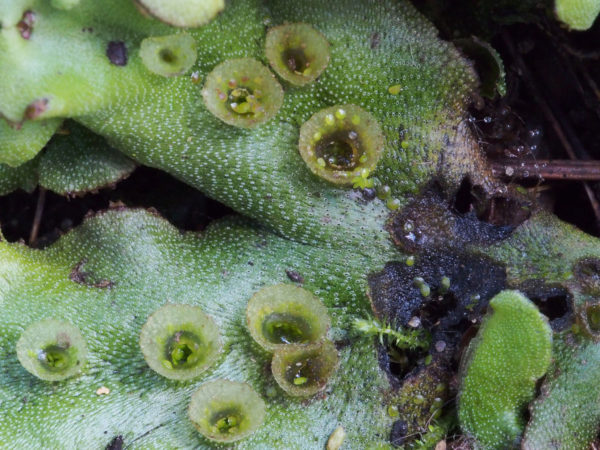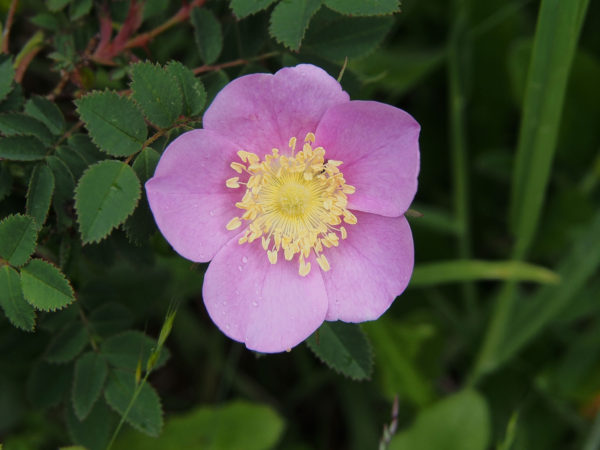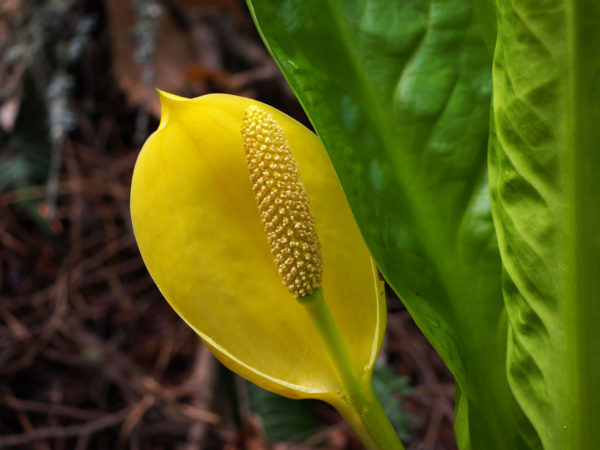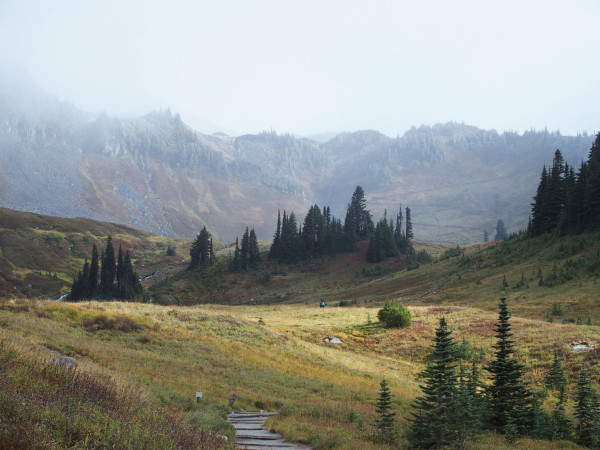Growing Upward – B
When we walk through a forest, we are surrounded by trees growing up toward the sky. . . Most are primarily straight. . . Some are twisted in complex ways, but even these grow mostly upward from the surface of the soil. What mechanisms generate the upward growth that is so characteristic of most trees, and indeed the great majority of all land plants?
